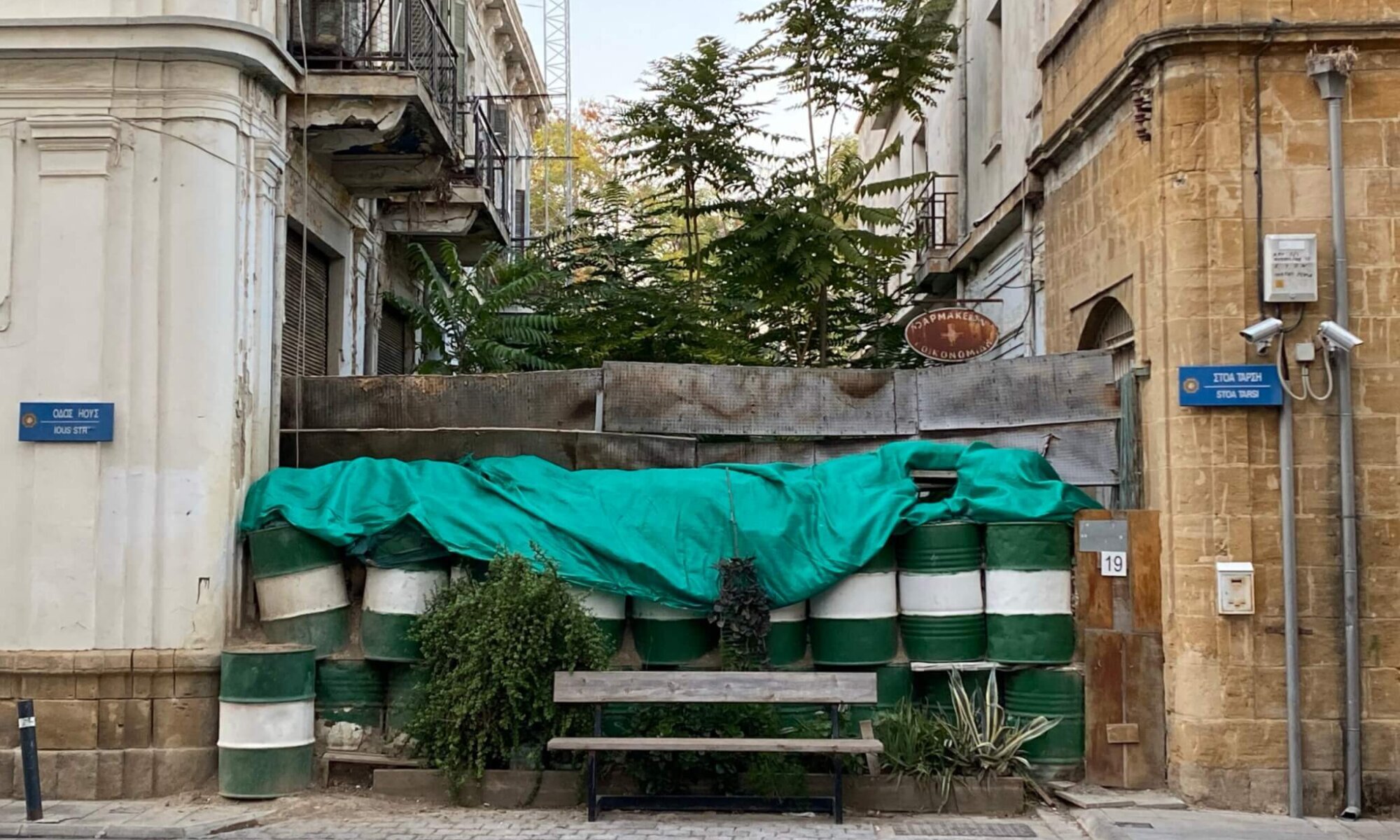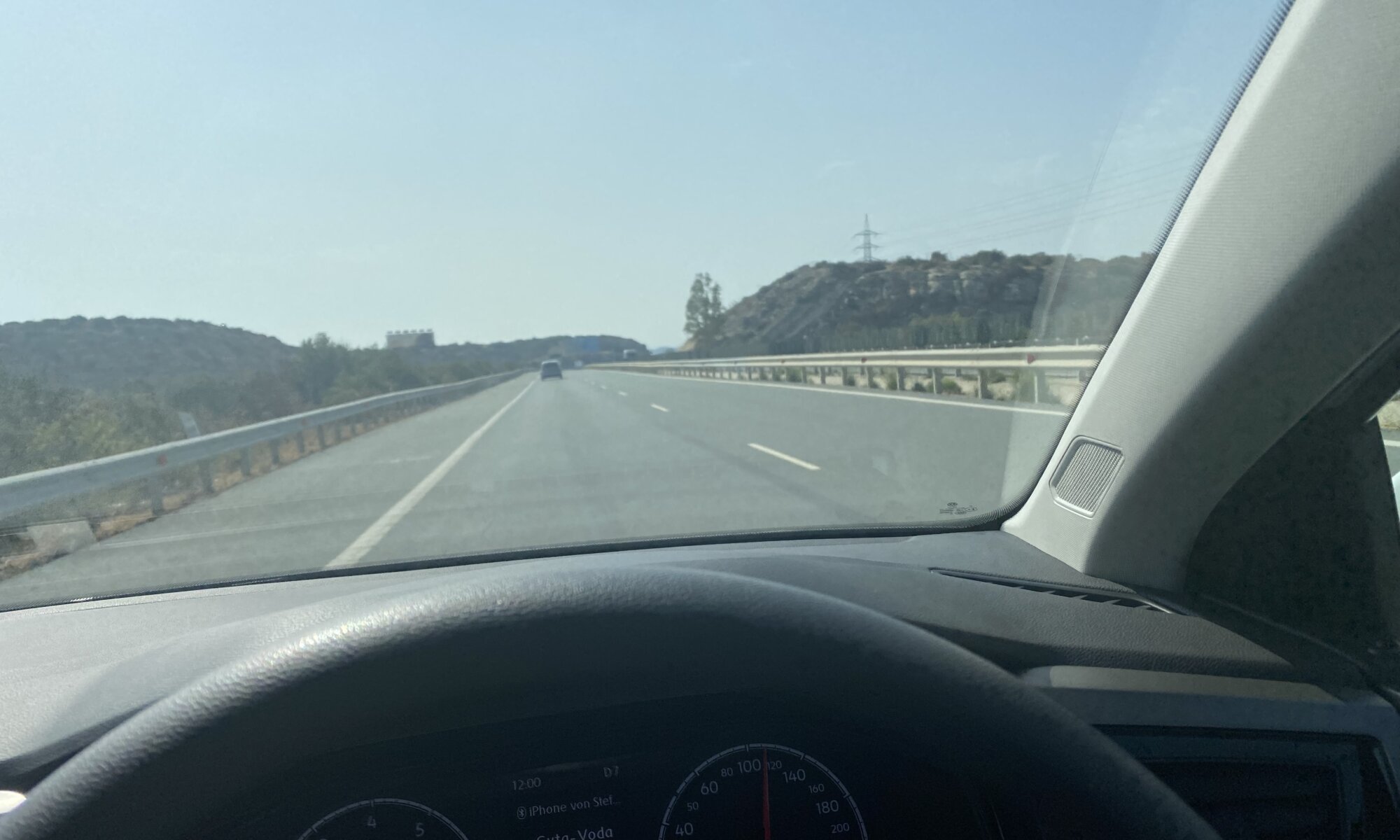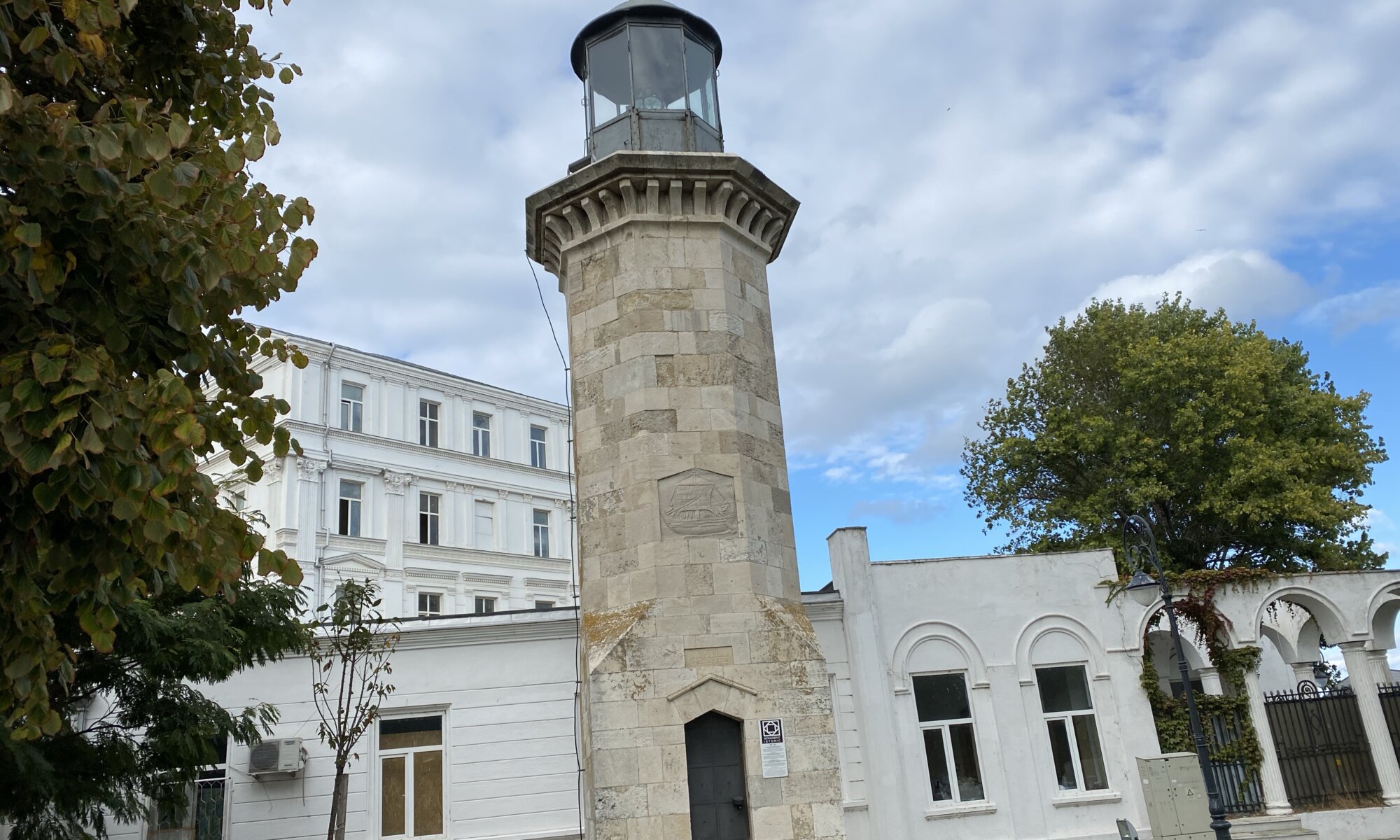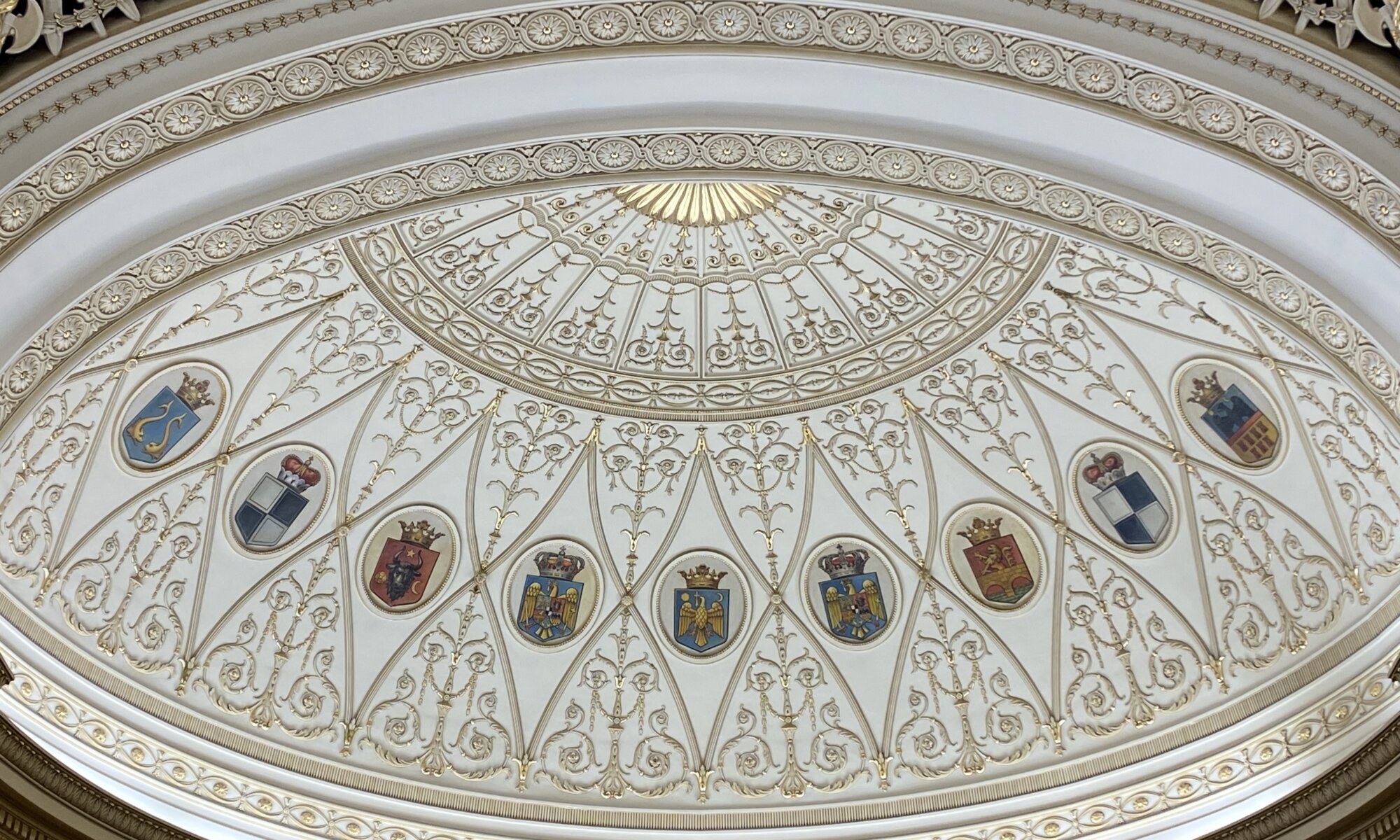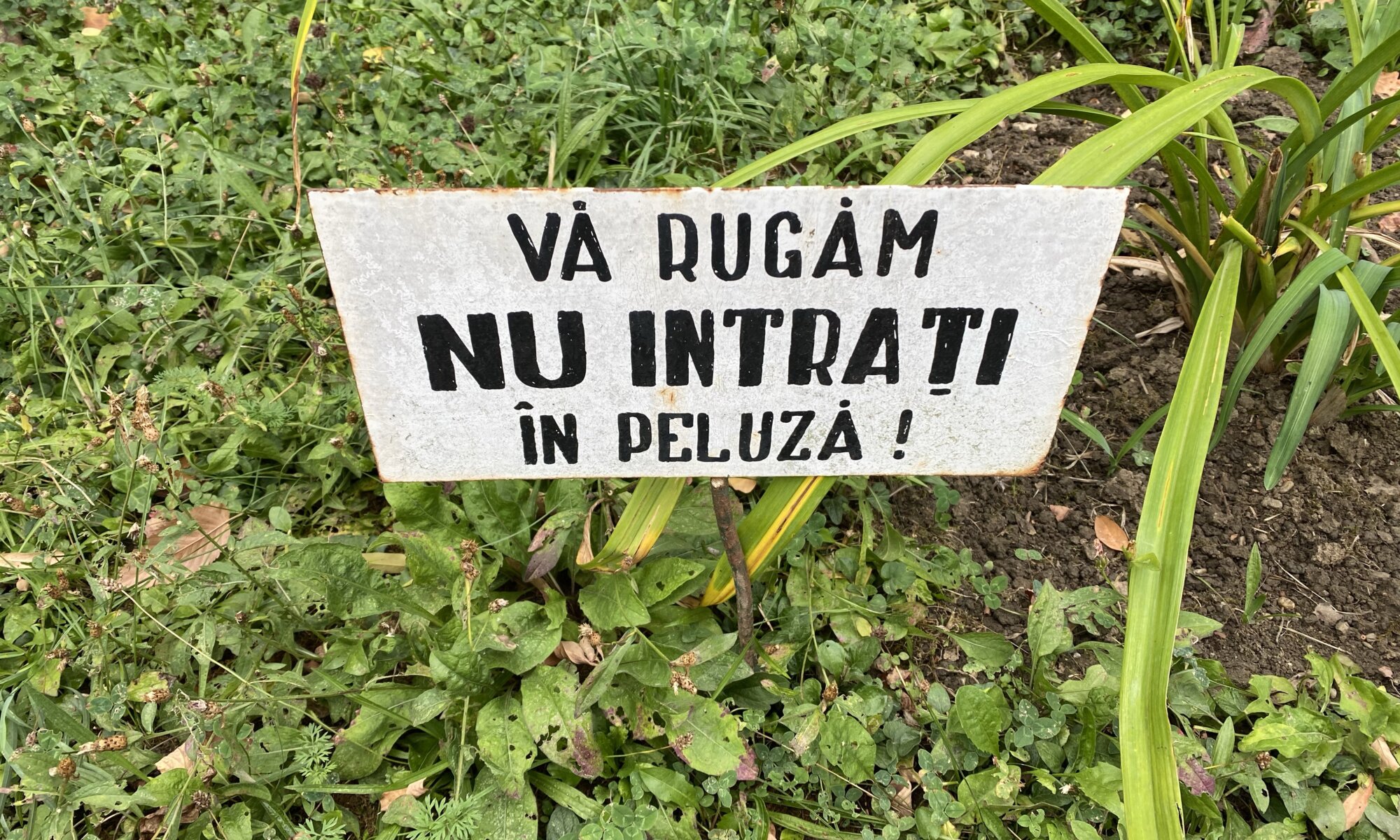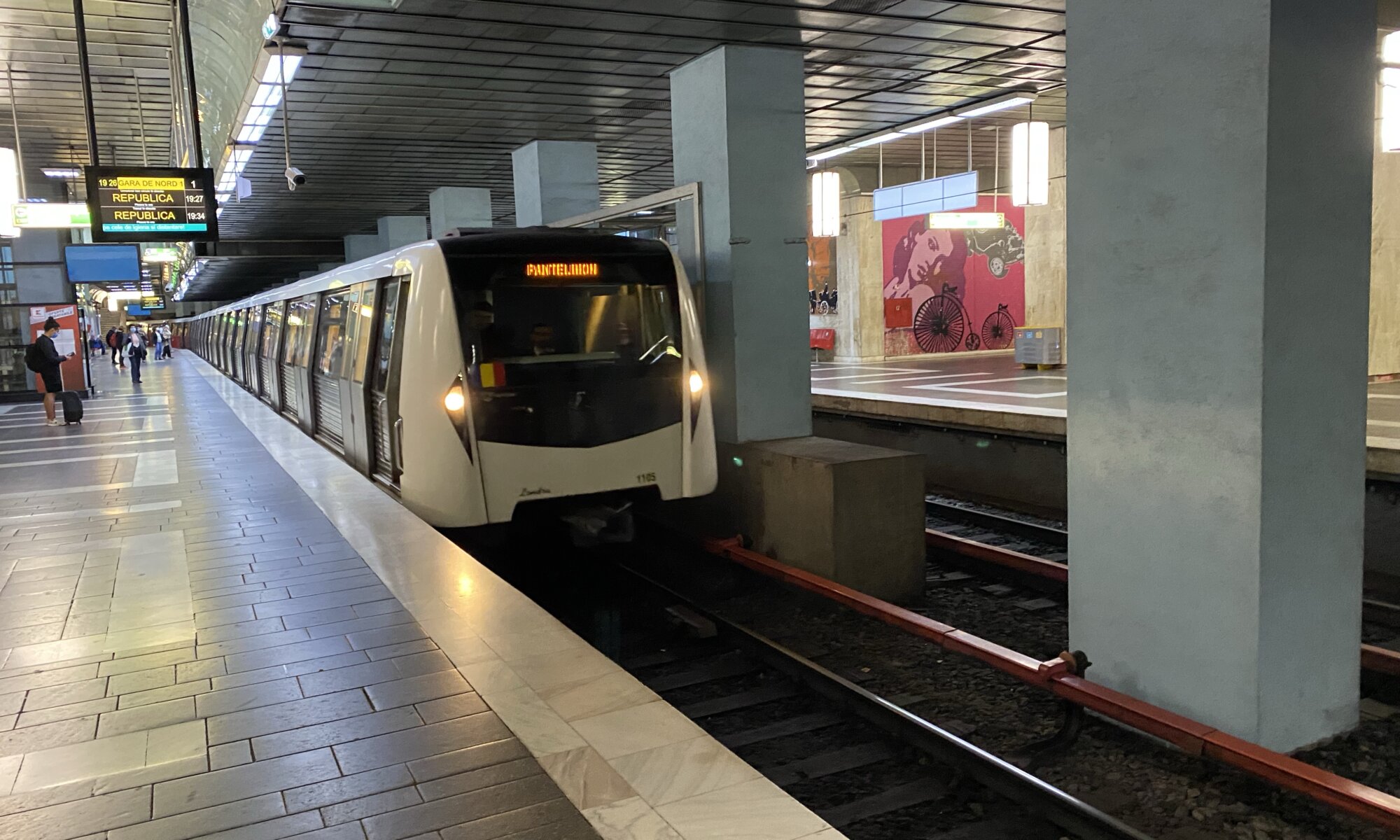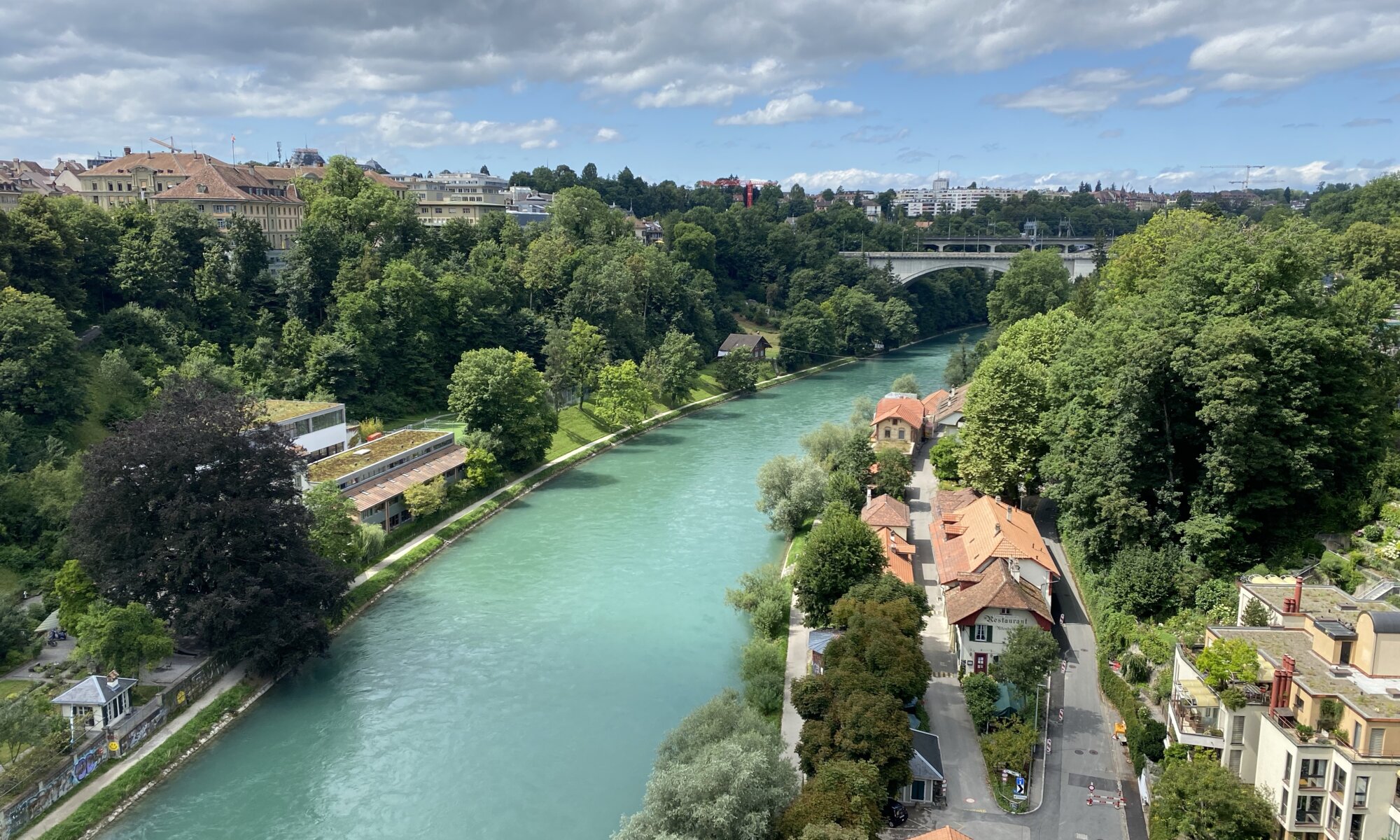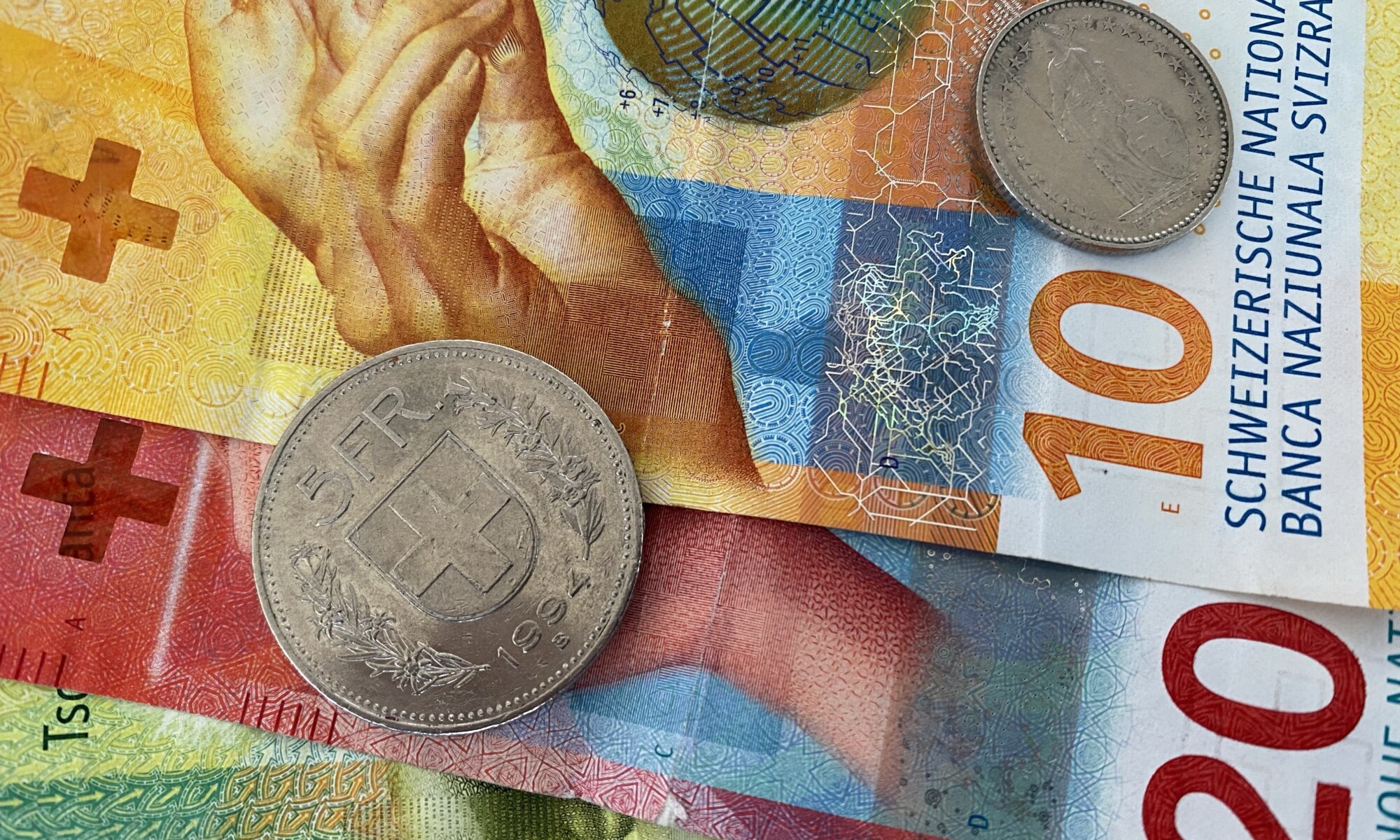Λευκωσία is the last divided capital in Europe. When you’re walking through the city, you’ll find barriers made from oil barrels, roadblocks, barb wire and (bored) guards along a no-man’s-land leading from the east to the west of the city. This area is protected by UN forces and even as you’re not allowed to do photographs you can get close to the border pretty easy. It is bizarre to see the empty and deteriorating buildings in the heart of the city.
Continue reading “Green line”Ghostrider
When driving a car in Cyprus you can learn something about history: the island was once a colony of the British Empire! And there are even still today two British naval bases that belong to United Kingdom. For you this means mostly one thing: to drive on the left side of the road. Typically, this switch inside your head is easy, you just need to remember to give way to cars coming from the right when entering roundabouts. What always happens to me is that I try to enter the car on the front passenger side. Always good for a laugh…
Continue reading “Ghostrider”Gateway to the orient
Romania isn’t the typical tourist destination for western Europeans. In their heads the country is associated with poverty, migration, and crime – only Bram Stoker and his vampire tale are linked to Romania with the same intensity. In reality, it is a country full of friendly people making the best of their situation. A country in development with a coast at the Black Sea, a country with vast forests (housing the biggest population of brown bears in Europe) and a long history between the east and the west.
Continue reading “Gateway to the orient”Constanța
If you want to visit the Black Sea from București, then Constanța (in earlier days Tomis) is your port of choice. A comfortable train runs multiple times each day from the Gara de Nord to the shore. It was founded by Greeks in the 7th century BCE. Roman emperor Constantine the Great named the city after his sister Constantiana.
Continue reading “Constanța”Two dolphins and three eagles
When you’re discovering ancient buildings (like the Palatul Republicii at București) you will come across the coat of arms of Romania. It shows a golden aquila holding a Christian cross, a crown, a mace and a sword. It is colored in the national colors of Romania: blue, yellow and red. But you can also find other animals on it like dolphins. Wait, what?
Continue reading “Two dolphins and three eagles”Alo!
The Romanian language is part of the Italic branch of the Indo-European languages. Even if as a foreigner you might not be able to understand what people are saying it isn’t hard to read signs. Some knowledge of Italian or Latin will help a lot. Until the year 1862 the Cyrillic alphabet was used, then starting in Transsylvania, the Latin alphabet was introduced – enhanced with the five special letters ă, â, î, ș and ț.
Continue reading “Alo!”Local transport
București has a good mix of public transport options: the metro, trolleybuses, buses, tramways. The easiest way is to use the metro system consisting of four lines: M1 (yellow), M2 (blue), M3 (red), M4 (green). Just choose the right line and the correct direction (final stop) and you’re ready to go. It gets a bit confusing with stations like Dristor 1 and 2 (which are not remarkably close to each other) but it’s the fastest and simplest way.
Continue reading “Local transport”The Lion
What confuses foreign travelers often is the fact that not all countries in the European Union use the Euro as their currency (and that not all countries using the Euro are part of the European Union). Romania is part of the EU, but still has its own currency, the Leu.
Continue reading “The Lion”Grüessech
For some years I tried to avoid trips to Switzerland. It is a nice country with beautiful nature, but the prices are just horrible. During the coronavirus pandemic in 2020 I was searching for places I could reach by train and as I’ve never seen the capital city of Switzerland, I booked my ticket. But then our Swiss neighbors held a large yodel festival (really!), and the infection numbers were increasing dramatically. Therefore, it took me another year before I could do the trip.
Continue reading “Grüessech”Schwiizerfranke
I still remember that day when I had some hours of layover at the airport of Zürich, Switzerland. I decided to have a short trip to the city center and entered a Euro banknote into a vending machine to buy a train ticket and what came out was not only a ticket but also some spare money in a strange currency, the Schwiizerfranke. Yes, Switzerland is in the center of the European Union but not part of it and for sure it has its own currency. How could I not have expected that?
Continue reading “Schwiizerfranke”
